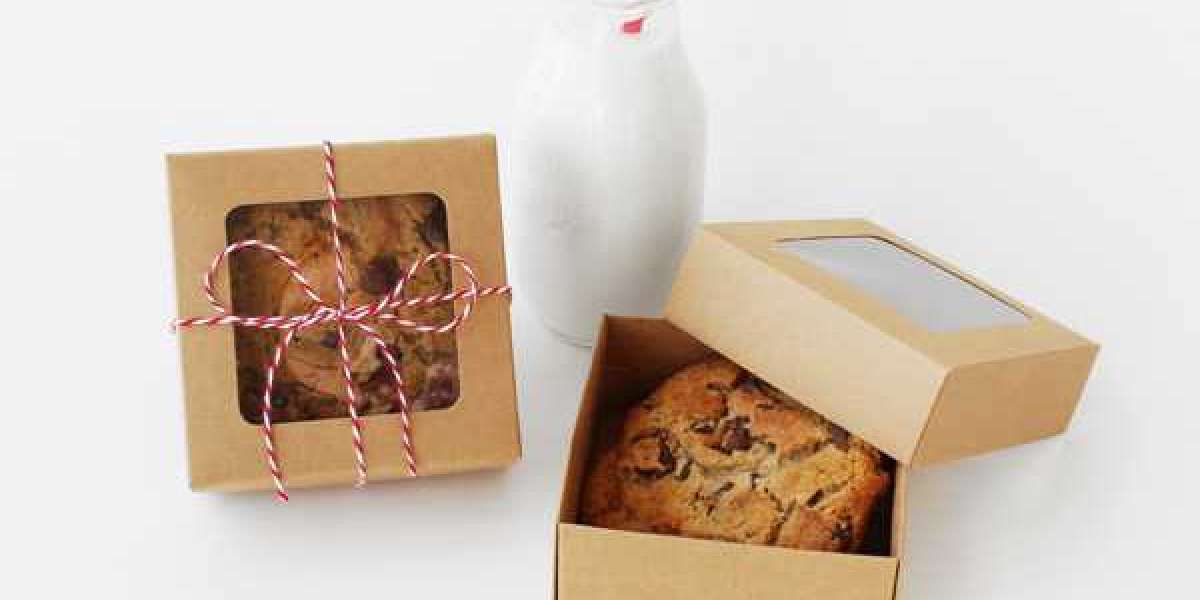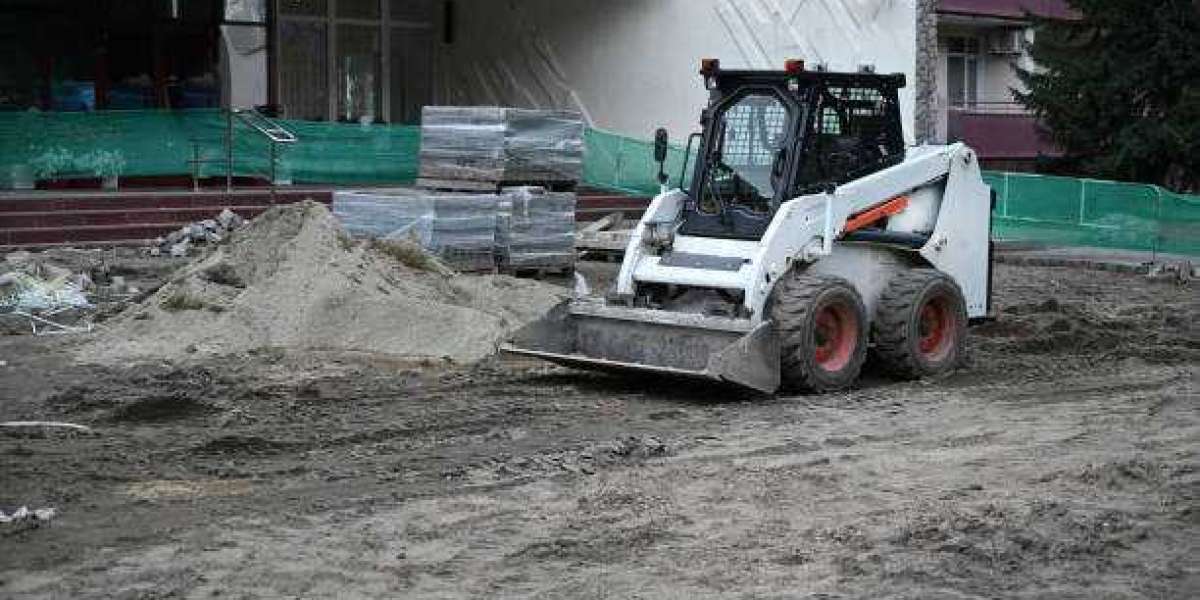Introduction
In the world of baked goods, presentation matters just as much as taste. Cookie Boxes play a vital role in how cookies are packaged, marketed, and enjoyed. These boxes not only serve to protect the delicious treats inside but also enhance their visual appeal, making them perfect for gifting, events, or retail. This article will delve into the various types of cookie boxes, their materials, designs, and the importance of packaging in the cookie industry.
What Are Cookie Boxes?
Cookie boxes are specially designed containers that hold cookies for sale, gifting, or storage. They come in various shapes, sizes, and styles to accommodate different cookie types, quantities, and occasions. Whether you are a professional baker, a small business owner, or simply someone who enjoys baking at home, having the right cookie box is essential for presenting your baked goods attractively and securely.
Types of Cookie Boxes
Cookie boxes can be categorized based on their design and purpose. Here are some popular types:
Single Cookie Boxes: These boxes are designed to hold one cookie, making them ideal for high-end cookie shops or gourmet treats. Often made of sturdy materials, they feature clear windows to showcase the cookie inside.
Standard Cookie Boxes: These boxes come in various sizes and can hold multiple cookies. They are commonly used by bakeries for a standard dozen cookies. These boxes often come with dividers to keep cookies separate and prevent them from breaking.
Gift Boxes: Designed specifically for gifting, these boxes often feature decorative elements such as ribbons, labels, or special designs. They can hold various quantities and are perfect for holidays, birthdays, or special occasions.
Window Cookie Boxes: These boxes have transparent windows that allow customers to see the cookies inside without opening the box. This design is popular for retail settings, as it enhances visual appeal and entices customers to make a purchase.
Eco-Friendly Boxes: As sustainability becomes increasingly important, many brands are opting for eco-friendly cookie boxes made from recyclable or biodegradable materials. These boxes appeal to environmentally conscious consumers while still maintaining an attractive design.
Custom Cookie Boxes: For businesses looking to make a unique impression, custom cookie boxes can be designed to match branding elements, including logos, colors, and specific themes. This personalization enhances brand recognition and creates a memorable experience for customers.
Materials Used in Cookie Boxes
The choice of material is crucial in Cookie Boxes design, as it affects durability, presentation, and cost. Here are some common materials used for cookie boxes:
Cardboard: This is the most common material for cookie boxes. It is lightweight, cost-effective, and easy to print on, allowing for vibrant designs. Cardboard boxes can also be coated for moisture resistance.
Kraft Paper: Kraft paper is a popular eco-friendly option that provides a rustic look. It is often used for simple, unbleached boxes and is biodegradable, appealing to environmentally conscious consumers.
Plastic: Clear plastic boxes are often used for showcasing cookies in retail settings. These boxes are durable and moisture-resistant, making them ideal for displaying baked goods.
Tin Boxes: Tin boxes offer a more upscale packaging option and are often used for specialty cookies. They are durable, reusable, and can be beautifully designed for gifting.
Biodegradable Materials: Some companies are now producing cookie boxes made from biodegradable materials, providing an eco-friendly alternative without sacrificing quality.
Importance of Packaging in the Cookie Industry
1. Brand Identity
The packaging of Cookie Boxes is a crucial aspect of brand identity. Well-designed packaging helps to establish a brand's personality and values. For instance, a luxurious brand might opt for elegant designs and high-quality materials, while a fun, playful brand might choose bright colors and whimsical designs. Custom packaging can enhance brand recognition and make a lasting impression on customers.
2. Protection and Freshness
Proper packaging is essential for protecting cookies during transport and storage. Sturdy boxes prevent breakage and preserve the cookies' freshness. Airtight seals or moisture-resistant coatings can help maintain the cookies' texture and flavor, ensuring that they reach consumers in the best possible condition.
3. Marketing and Promotion
Cookie boxes also serve as a marketing tool. Eye-catching designs and branding can attract customers and encourage purchases. Packaging can communicate important information, such as flavor descriptions, ingredient lists, and nutritional information, helping consumers make informed decisions. Seasonal or promotional packaging can create excitement around new flavors or special occasions, boosting sales.
4. Gift Appeal
Cookies are often given as gifts, and attractive packaging enhances their appeal. Gift-ready cookie boxes with elegant designs, ribbons, or personalized messages can elevate the gifting experience, making it more special for the recipient. Special occasions like holidays, weddings, and birthdays are perfect opportunities for beautifully packaged cookies.
5. Sustainability Considerations
As consumers become more environmentally conscious, the demand for sustainable packaging options has grown. Eco-friendly cookie boxes made from recyclable or biodegradable materials can attract customers who prioritize sustainability. Brands that adopt sustainable practices often gain a competitive edge in the market.
Designing the Perfect Cookie Box
When designing a Cookie Boxes, several factors should be considered:
Size and Shape: Determine how many cookies the box will hold and the best shape to present them. Custom sizes can accommodate specific cookie shapes, such as large decorated cookies.
Material Choice: Select materials based on the cookies' characteristics and intended use. Consider durability, moisture resistance, and eco-friendliness.
Visual Appeal: The design should reflect the brand's identity while being visually appealing. Use colors, patterns, and graphics that resonate with the target audience.
Functionality: Ensure that the box is easy to open and close, provides adequate protection, and maintains the cookies' freshness.
Cost Efficiency: Balance quality and cost to ensure that packaging remains affordable while still providing a premium look.
Care and Maintenance of Cookie Boxes
Proper care and maintenance of cookie boxes can help preserve their quality:
Storage: Store cookie boxes in a cool, dry place away from direct sunlight to prevent damage to the packaging.
Cleanliness: Ensure that the boxes are clean and free from dust or contaminants before placing cookies inside.
Sealing: If the boxes are not already sealed, consider using heat-sealed or tamper-proof seals to ensure freshness and security.
Conclusion
Cookie boxes are an essential component of the cookie industry, providing protection, marketing, and visual appeal. With various types, materials, and designs available, there is a cookie box suitable for every need, from single gourmet cookies to bulk orders for events. Understanding the importance of packaging can help bakers and businesses enhance their brand identity and improve customer satisfaction.
Whether for personal use or commercial purposes, investing in the right Cookie Boxes can elevate the cookie experience, making them not only delicious but also beautifully presented and memorable. As trends in sustainability and customization continue to evolve, the future of cookie packaging promises exciting possibilities, ensuring that this sweet treat remains a favorite for generations to come.













